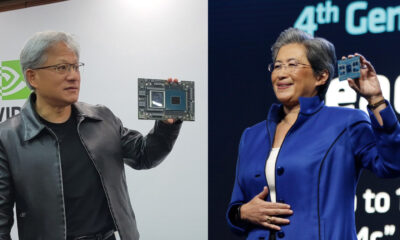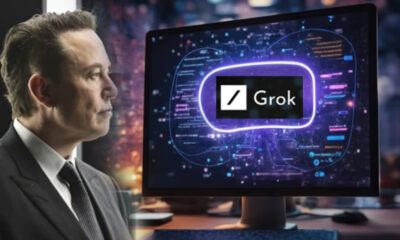AI
Quantum mechanics reveals the mystery of consciousness: Why can a group of particles create consciousness?
If we were to place the human brain under a microscope, we would see that it is composed of countless cells. Each cell is formed from extremely tiny particles, and this aligns perfectly with the principles of quantum mechanics. In other words, our brain is essentially a complex system consisting of countless tiny particles, which, according to quantum mechanics, can exist in multiple states simultaneously and interact with each other in complex ways
A single micro-particle does not possess consciousness, but why do many particles coming together to form a human being result in consciousness? This is a philosophical issue that has perplexed humanity for many years.
We know that everything in the world is composed of countless micro-particles, and when different micro-particles combine in varying proportions, they create entirely different substances.
Humans today have consciousness, but does that mean these micro-particles themselves have the capacity for self-awareness? This is indeed an exceedingly complex question, and to find an answer, we may need to explore it from the perspective of quantum mechanics.

What is consciousness?
In general, consciousness refers to the activities of a high-level neural network involving perception, reasoning, understanding, and self-awareness. Although we currently do not fully understand the root causes of consciousness, according to many previous studies, it is not just humans who possess consciousness; some animals also exhibit self-awareness. This is because animals not only demonstrate memory, emotions, and certain social skills but, in some aspects, they even outperform humans.
However, the consciousness of animals is still in a very rudimentary stage, far less advanced than human consciousness. Neuroscientists initially defined the process of information transmission within the neural network in the brain as consciousness, but later, it was discovered that consciousness is not as simple as the activity of the neural network.
For example, a jellyfish lacks a neural network or a brain structure, yet it can still exhibit a certain level of wisdom in seeking survival advantages. Therefore, the neural network of the brain is not a necessary condition for consciousness. So, what is the key factor leading to our consciousness?
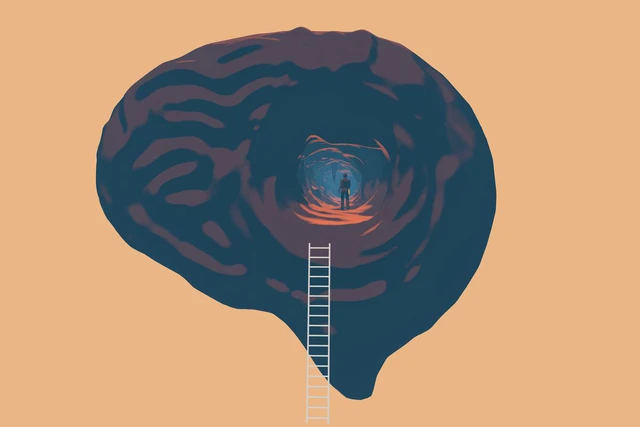
Some people believe that this may be related to our environment. We know that there are various forms of life on Earth, and they all have been shaped by adapting to the natural environment over long evolutionary periods.
As the highest level of life on Earth, humans gradually developed their unique advantages when competing with other creatures. One of the most important advantages is our highly developed brain and complex language system.
This enables us to think about issues, convey information, create culture, invent tools, and more. These abilities we call intelligence. There is a close relationship between intelligence and consciousness. Intelligence helps us recognize ourselves and the world outside, while also making reasonable evaluations and choices about them.
Consciousness allows us to perceive that we exist in this world and create emotions and values for it. It can be said that intelligence is the foundation of consciousness, and consciousness is the culmination of intelligence. Therefore, we can speculate that the formation of consciousness is related to our level of intelligence.
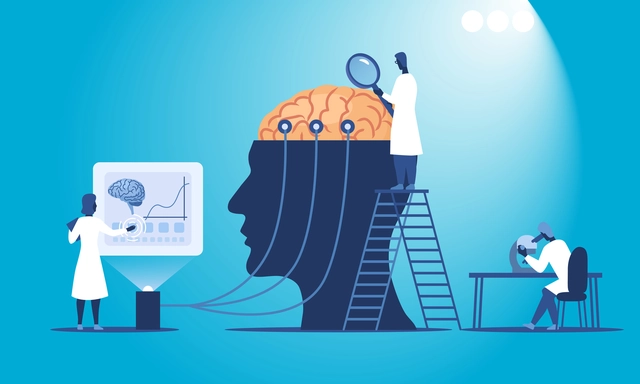
Why do individual particles not have consciousness?
If we were to put the human brain under a microscope, we would see that it is actually composed of countless cells. Each cell is made up of very tiny particles. In other words, our brain is essentially a complex system consisting of countless tiny particles. So, do these micro-particles also have consciousness?
Currently, the academic community does not have a clear answer to this question. However, based on current scientific knowledge, we can make a preliminary statement: a single micro-particle does not have consciousness. Why is that? Because what a tiny particle can do is very limited; it will only obey some fundamental physical laws, such as the law of universal gravitation, the law of electromagnetism, the laws of quantum mechanics, etc. These laws determine the states of motion and interaction of micro-particles, and these states of motion and interaction are not related to any subjective judgment or choice.
In other words, individual micro-particles do not have the ability to perceive or make choices; they passively receive external influences and react according to fixed rules. As mentioned earlier, consciousness is a type of advanced neural network activity that requires the ability to perceive and certain decision-making abilities. Therefore, individual micro-particles do not meet the conditions for generating consciousness and do not have consciousness.

Why can a collection of particles give rise to consciousness?
A single micro-particle does not have consciousness, but why do a bunch of particles come together to form a human being and generate consciousness? This is indeed related to a classic issue: the change in quantity causing a change in quality.
We know that there are many complex systems in nature, such as galaxies, life, the Earth’s atmosphere, and more. These complex systems consist of countless simple elements, yet they exhibit entirely different characteristics and functions compared to their individual elements.
For example, water molecules consist of hydrogen and oxygen atoms, but water has properties such as wetness, melting, boiling, and freezing, whereas hydrogen and oxygen atoms do not possess these properties. This demonstrates that when simple elements are combined in a certain way, they create new properties and functions. Similarly, when countless micro-particles are combined in a certain way, various substances and different forms of life can emerge.
The emergence of consciousness from a complex network of particles likely involves a higher level of organization and interaction that gives rise to properties and functions not present in individual particles. While the exact mechanisms of consciousness remain a topic of ongoing research and debate, this phenomenon illustrates the power of emergence and complexity in the natural world.

When these substances and forms of life reach a certain level, new properties and functions are created, such as intelligence and consciousness. This demonstrates that intelligence and consciousness are not inherent attributes of a single micro-particle but rather new properties and functions formed by the combination of countless micro-particles. In other words, consciousness is an emergent phenomenon, a complexity that arises from the interactions of countless simple elements.
So, how do these tiny particles interact? We know that there is a principle in quantum mechanics known as Heisenberg’s Uncertainty Principle. This principle tells us that it is impossible to simultaneously measure the position and momentum of any micro-particle, which results in all micro-particles exhibiting a certain level of uncertainty, and this uncertainty (specifically quantum entanglement) appears to be at the root of consciousness.
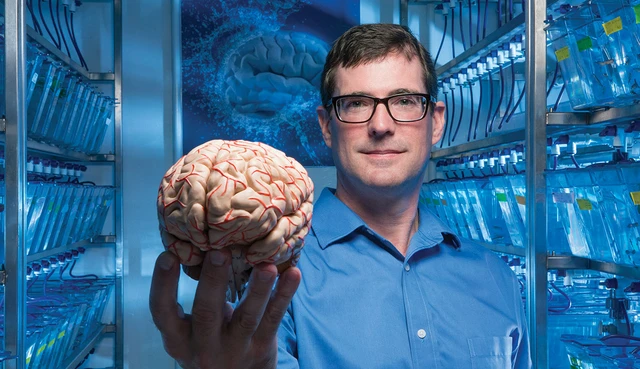
The relationship between quantum entanglement and consciousness is a topic of speculation and debate in the scientific and philosophical communities. Some scientists believe that quantum entanglement could be a crucial mechanism in the emergence of consciousness. They propose that there are many tiny channels in the human brain, such as microtubules, neurons, synapses, and more. The particles within these microchannels can become entangled under certain conditions, forming a massive quantum system within the brain.
When we think or perceive, we observe this quantum system, causing it to collapse into a certain state and creating a subjective experience. In other words, consciousness is seen as a quantum phenomenon generated by the interaction of countless entangled particles.
This theory is known as the quantum consciousness theory, attempting to use quantum mechanics to explain the nature and mechanism of consciousness. It posits that consciousness is not a property of material substance but a property of information. This means that consciousness is not determined by the material itself but by the interactions between the material.
However, it’s important to note that the quantum consciousness theory is not a perfect theory and still faces many challenges and questions. For example, how can one demonstrate the existence of quantum entanglement in the brain? How does the brain’s quantum system resist interference from external factors and increase thermodynamic entropy? How can we explain the interactions and influences of consciousness when people communicate and interact with each other? These issues require further experimentation and theoretical development for verification and improvement.
AI
Elon Musk’s super AI Grok was created within two months.
The development team of xAI stated that Grok was trained for two months using data from the X platform.
“Grok is still in the early testing phase, and it is the best product we could produce after two months of training,” xAI wrote in the Grok launch announcement on November 5th.
This is one of the AI systems that has been trained in the shortest amount of time. Previously, OpenAI took several years to build large language models (LLMs) before unveiling ChatGPT in November 2022.
xAI also mentioned that Grok utilizes a large language model called Grok-1, which was developed based on the Grok-0 prototype with 33 billion parameters. Grok-0 was built shortly after the company was founded by Elon Musk in July of this year.
With a total time of approximately four months, the company asserts that Grok-1 surpasses popular models like GPT-3.5, which is used for ChatGPT. In scoring benchmarks on mathematical and theoretical standards such as GSM8k, MMLU, and HumanEval, xAI’s model outperforms LLaMa 2 70B, Inflection-1, and GPT-3.5.
For example, in a math problem-solving test based on this year’s Hungarian National High School Math Competition, Grok-1 achieved a score of 59%, higher than GPT-3.5’s score of 41% and only slightly below GPT-4 (68%).
According to xAI, the distinguishing feature of Grok is its “real-time world knowledge” through the X platform. It also claims to answer challenging questions that most other AI systems would reject.

On the launch day, Musk also demonstrated this by asking the question, “the steps to make cocaine.” The chatbot immediately listed the process, although it later clarified that it was just joking.
This is the first product of Musk’s xAI startup, which brings together employees from DeepMind, OpenAI, Google Research, Microsoft Research, Tesla, and researchers from the University of Toronto. Musk is also a co-founder of OpenAI, the organization behind ChatGPT, established in 2015. He later left the company due to disagreements over control. During his departure, he declared his intention to compete for talent from the company while also cutting off the previously promised $1 billion in funding.
Read more: Google, Meta, Microsoft, OpenAI… agree with voluntary measures to protect AI.
AI
AI generation – a new battleground in phone chip design.
Smartphone and mobile chip manufacturers are participating in the wave of AI generation to bring this technology to phones in the near future.
AI generation has exploded over the past year, with a range of applications being released to generate text, images, music, and even versatile assistants. Smartphone and semiconductor companies are also building the latest hardware to not miss out on the wave. Leading the way is Google’s Pixel 8, while Qualcomm’s Snapdragon 8 Gen 3 processor is also set to be launched in the coming days.
The latest signs indicate that phone manufacturers are welcoming AI generation from Google. The Pixel 8 series is the first set of smartphones capable of operating and processing Google’s Foundation Models for AI generation directly on the device without the need for an internet connection. The company stated that the models on the Pixel 8 reduce many dependencies on cloud services, providing increased security and reliability as data is not readily available.
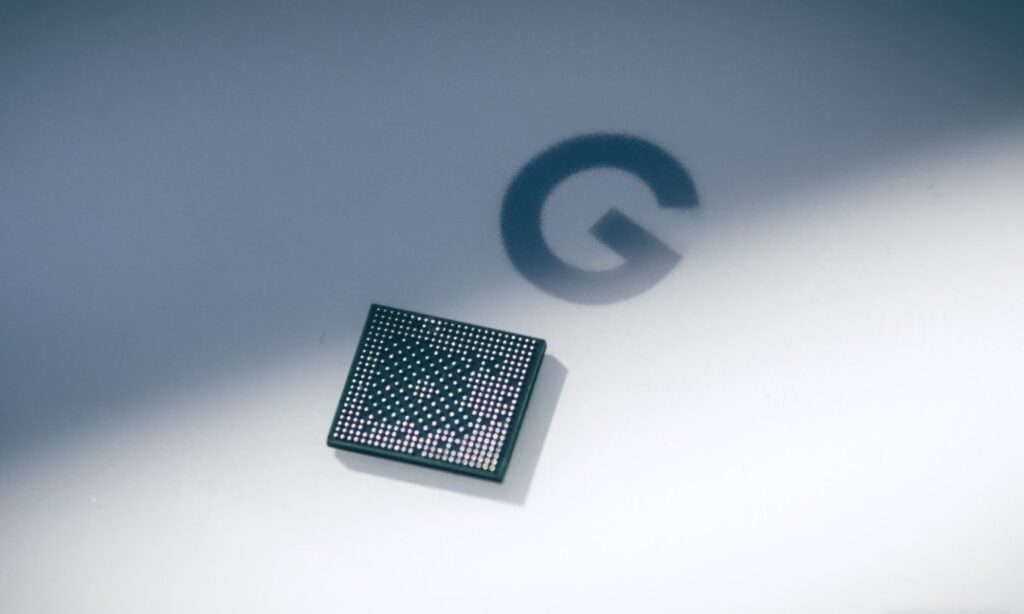
This has become a reality thanks to the Tensor G3 chip, with the Tensor (TPU) processor significantly improving over last year. The company usually keeps the operation of the AI chip secret but has revealed some information, such as the Pixel 8 having double the number of on-device machine learning models compared to the Pixel 6. The AI generation on the Pixel 8 also has the ability to compute 150 times faster than the largest model of the Pixel 7.
Google is not the only phone manufacturer applying AI generation at the hardware level. Earlier this month, Samsung announced the development of the Exynos 2400 chipset with AI computing performance increased by 14.7 times compared to the 2200 series. They are also developing AI tools for their new phone line using the 2400 chip, allowing users to run text-to-image applications directly on the device without an internet connection.
Qualcomm’s Snapdragon chip is the heart of many leading Android smartphones globally, which raises expectations for the AI generation capabilities on the Snapdragon 8 Gen 3 model.
Earlier this year, Qualcomm demonstrated a text-to-image application called Stable Diffusion running on a device using Snapdragon 8 Gen 2. This indicates that image generation support could be a new feature on the Gen 3 chipset, especially since Samsung’s Exynos 2400 also has a similar capability.
Qualcomm Senior Director Karl Whealton stated that upcoming devices can “do almost anything you want” if their hardware is powerful, efficient, and flexible enough. He mentioned that people often consider specific AI generation-related features and question whether the existing hardware can handle them, emphasizing that Qualcomm’s available chipsets are powerful and flexible enough to meet user needs.
Some smartphones with 24 GB of RAM have also been launched this year, signaling their potential for utilizing AI generation models. “I won’t name device manufacturers, but large RAM capacity brings many benefits, including performance improvement. The understanding capability of AI models is often related to the size of the training model,” Whealton said.
AI models are typically loaded and continuously reside in RAM, as regular flash memory would significantly increase application loading times.
“People want to achieve a rate of 10-40 tokens per second. That ensures good results, providing almost human-like conversations. This speed can only be achieved when the model is in RAM, which is why RAM capacity is crucial,” he added.

However, this does not mean that smartphones with low RAM will be left behind.
“On-device AI generation will not set a minimum RAM requirement, but RAM capacity will be proportional to enhanced functionality. Phones with low RAM will not be left out of the game, but the results from AI generation will be significantly better with devices that have larger RAM capacity,” commented Director Whealton.
Qualcomm’s Communications Director, Sascha Segan, proposed a hybrid approach for smartphones that cannot accommodate large AI models on the device. They can host smaller models and allow processing on the device, then compare and validate the results with the larger cloud-based model. Many AI models are also being scaled down or quantized to run on mid-range and older phones.
According to experts, AI generation models will play an increasingly important role in upcoming mobile devices. Currently, most phones rely on the cloud, but on-device processing will be the key to expanding security and operational features. This requires more powerful chips, more memory, and smarter AI compression technology.
AI
AI can diagnose someone with diabetes in 10 seconds through their voice.
Medical researchers in Canada have trained artificial intelligence (AI) to accurately diagnose type 2 diabetes in just 6 to 10 seconds, using the patient’s voice.

According to the Daily Mail, a research team at Klick Labs in the United States has achieved this breakthrough after their AI machine learning model identified 14 distinct audio characteristics between individuals without diabetes and those with type 2 diabetes.
The AI focused on a set of voice features, including subtle changes in pitch and intensity that are imperceptible to the human ear. This data was then combined with basic health information, including age, gender, height, and weight of the study participants.
The researchers found that gender played a determinant role: the AI could diagnose the disease with an accuracy rate of 89% for women, slightly lower at 86% for men.
This AI model holds the promise of significantly reducing the cost of medical check-ups. The research team stated that the Klick Labs model would be more accurate when additional data such as age and body mass index (BMI) of the patients are incorporated.
Mr. Yan Fossat, Deputy Director of Klick Labs and the lead researcher of this model, is confident that their voice technology product has significant potential in identifying type 2 diabetes and other health conditions.
Professor Fossat also teaches at the Ontario Tech University, specializing in mathematical modeling and computational science for digital health.
He hopes that Klick’s non-invasive and accessible AI diagnostic method can create opportunities for disease diagnosis through a simple mobile application. This would help identify and support millions of individuals with undiagnosed type 2 diabetes who may not have access to screening clinics.
He also expressed his hope to expand this new research to other healthcare areas such as prediabetes, women’s health, and hypertension.
-
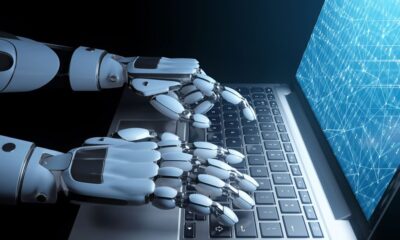
 AI1 year ago
AI1 year agoAI only needs to listen to the sound of keystrokes to predict the content, achieving an accuracy rate of up to 95%
-

 Entertainment2 years ago
Entertainment2 years agoSurprisingly, a single YouTube video has the potential to cause serious harm to Google Pixel’s top-of-the-line smartphone
-

 AI2 years ago
AI2 years agoMusk aims to create a super AI to rival ChatGPT
-

 Mobile2 years ago
Mobile2 years agoProduction issue with iPhone 15 display raises concerns among users
-

 AI2 years ago
AI2 years agoUpon its debut, Google’s chatbot Bard dealt a cold blow to its very creator.
-

 Entertainment2 years ago
Entertainment2 years agoCS:GO Breaks Records with Surging Gamer Engagement and Increased Spending
-

 Crypto1 year ago
Crypto1 year agoExplore in detail about Web 3
-

 Tips & Tricks1 year ago
Tips & Tricks1 year agoHow to distinguish AI-generated photos?










